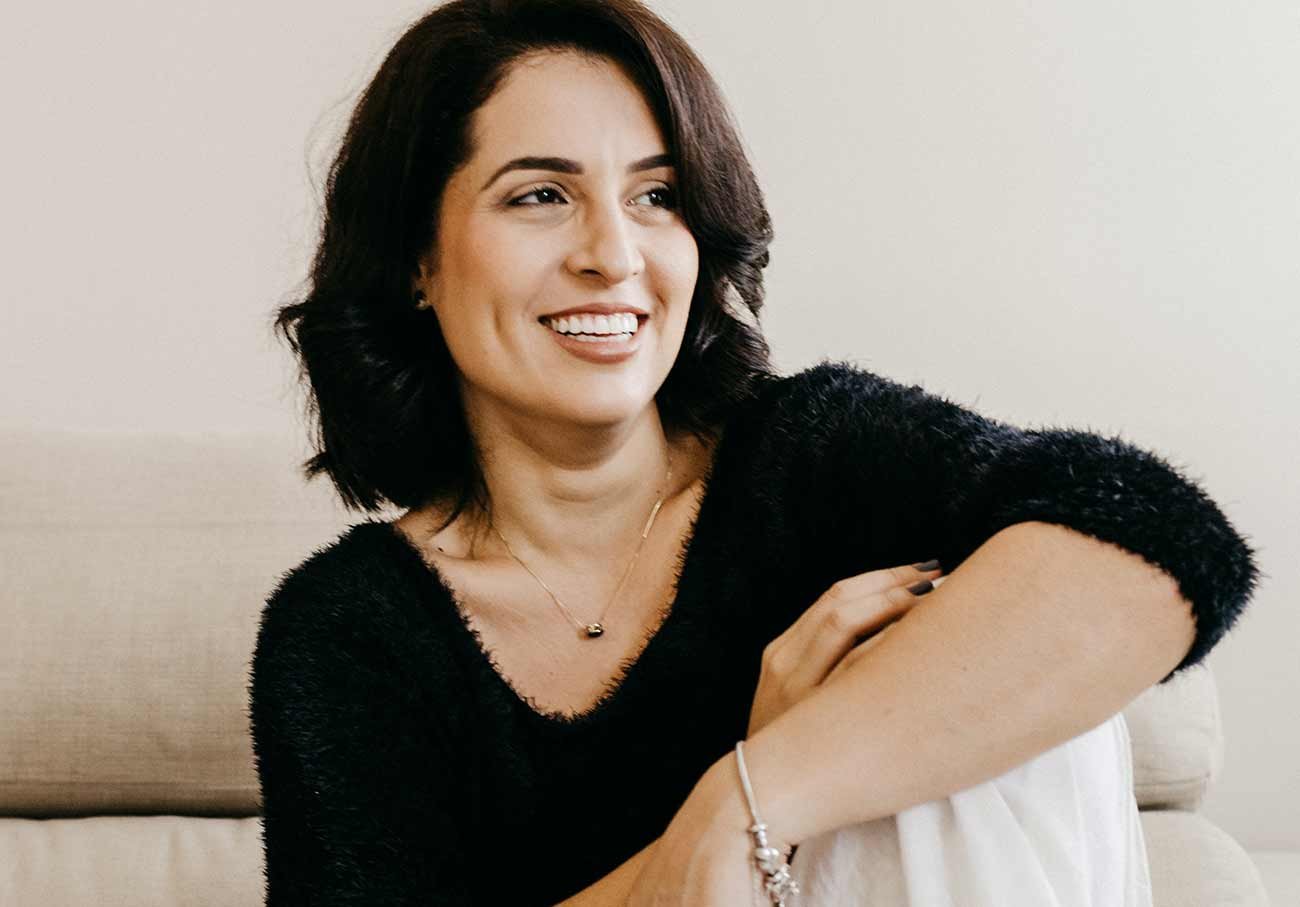
How To Start A Podcast
Podcasting is quickly becoming the new form of expression and people are making the most of it, including those who are born great speakers and others like myself whose default form of expression is instead writing.
If you’re like me, you feel like you have something to share with the world through your voice, either to support others or to simply share your opinions on issues, then this post is for you!
Here are some key steps to kickstart your podcasting adventure:
1️⃣ Find Your Passion: Choose a topic you’re truly passionate about. It is important to choose something you care about because otherwise, you could easily lose interest after publishing a few episodes, or even run out of ideas.
Choosing a niche you’re passionate about helps your enthusiasm shine through in your episodes.
I started my podcast (The International Students Podcast TISP) almost a year ago. I wanted to support international students by sharing relevant information about living and studying abroad through my experience and also inviting professionals and guest speakers to share the knowledge I may not have, hence, automatically, my niche was International students and also migrants.
2️⃣ Research: Before starting my podcast, I spent over a month researching podcasting, although I had learned a bit about podcasting from my Master’s degree in Media and Development.
– I watched tons of YouTube videos and listened to podcasts on how to start a podcast,
– read blogs, and also
– researched whether there was an already existing podcast on my idea (at the time it started, there was hardly any).
– I also researched the best equipment to buy, etc.
and after gathering enough knowledge, I hit the START BUTTON!
Many great ideas end up getting stuck in the research stage without execution. So be careful not to sleep on the research stage, because you may be thinking you need to learn more, whereas you already have all it takes to start. So JUST START!
3️⃣ Plan Your Content: Outline your podcast’s format, target audience, and episode ideas. A well-thought-out plan is the foundation for success.
For example, my format:
- Releasing episodes Bimonthly,
- solo and guest interview.
- Target audience: prospective, current, and graduate international students; as well as migrants.
- Plan the topic and contact guest speakers ahead of the interview.

4️⃣Get the Right Equipment: You may have been seeing almost every podcaster using this Shure mic, which is super amazing, but also relatively expensive. And you might also be thinking that you MUST get that mic before you qualify as a podcaster, but quite frankly, you don’t need to, especially if you can’t afford it! It is good to Invest in quality recording equipment and software to ensure top-notch audio quality, but if you’re looking to buy the best podcast equipment, you may risk procrastinating, so I’ll recommend you use what you have.
When I started my Podcast, I didn’t have any equipment of my own. I had to borrow a microphone and other equipment which I used until I was able to purchase my own. You can even use your phone!
It is not always about the equipment, but the message you are sharing!
5️⃣Craft Captivating Content: Create engaging, informative, and entertaining episodes that resonate with your audience. You don’t want to bore people! It also doesn’t have to be too long.
There are podcast episodes that are 10mins, 20mins, 30mins, an hour, or even more, depending on what you’re speaking about. But ensure it remains captivating.
6️⃣Record & Edit: After recording your interviews or solo episodes, you may want to cut out those unnecessary pauses and word fillers like umms, “you know”, or even mistakes. This is where editing comes in. You can hire a professional or DIY. I usually record and edit my episodes myself (although not an easy feat).
You can record directly into your laptop or into a recorder and then transfer to your laptop for editing.
For free editing software, I recommend Audacity for PCs or GarageBand for MacBooks. There are paid software like Adobe Premiere Pro which are also very good.
7️⃣Branding & Graphics: Design eye-catching cover art and branding for your podcast. For DIYs, you can always use Canva. See an example of my podcast cover below:

8️⃣Hosting & Distribution: Choose a podcast hosting platform and distribute your episodes to major podcast directories.
A free hosting platform is Anchor, now known as Spotify for Podcasters.
With anchor, you can record, edit, and publish your episodes or you can choose to use it to publish your episodes (which is what I prefer) while you record and edit outside.
With Anchor, your podcasts will be published to other podcast platforms like Spotify, Apple Podcasts, Google Podcasts, Amazon Music, etc. depending on your choice. And it is completely FREE!
9️⃣Promote, Promote, Promote: Market your podcast on social media, collaborate with guests, and engage with your listeners. This is easier if you already have a large following on social media. Otherwise, you can pay to advertise your podcast on various platforms.
Share your link with your friends, go as a guest speaker on other podcasts, and talk about your podcast.
1️⃣0️⃣Consistency is Key: Stick to a regular posting schedule to keep your audience engaged.
1️⃣1️⃣ Learn & Adapt: Continuously improve your podcast by listening to feedback and staying updated with industry trends.
Podcasting is very liberating! Your voice is super important and needs to be heard.
Ready to embark on this thrilling podcasting journey?
Share your thoughts, questions, and ideas below, and let’s support each other in this exciting venture!


Leave a Reply